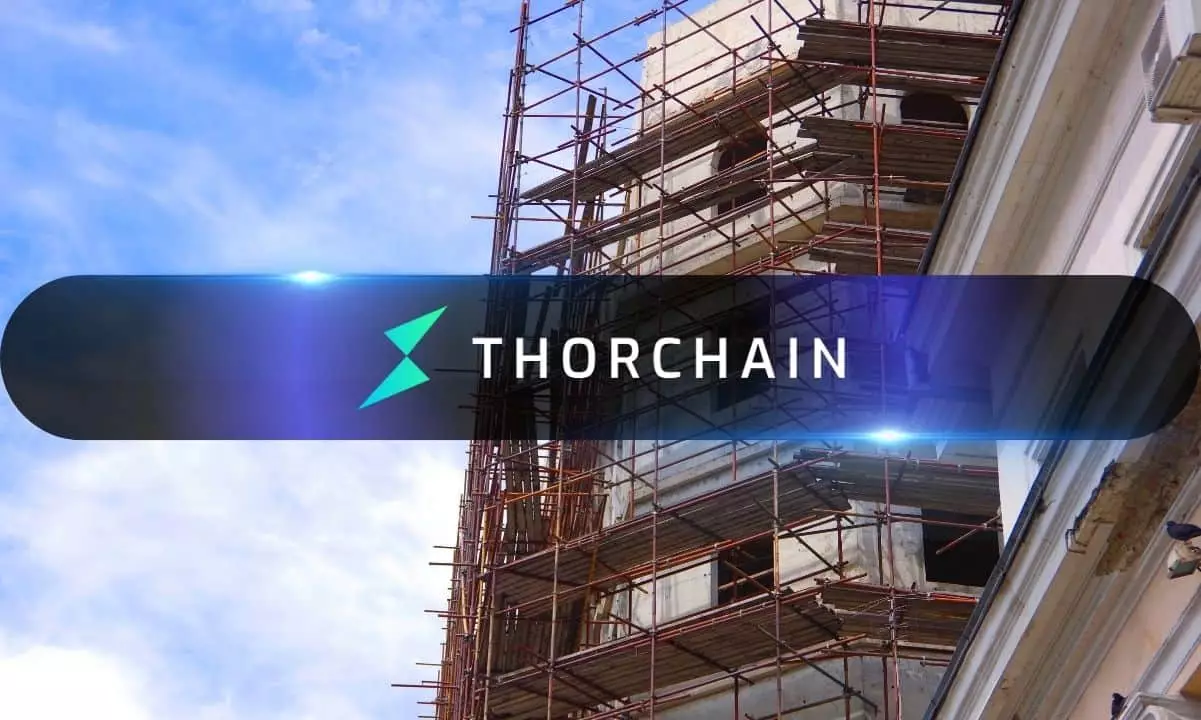THORChain’s journey in early 2025 feels like a cautionary tale written in the booming world of decentralized finance (DeFi). As macroeconomic pressures bring tectonic shifts across the cryptocurrency landscape, THORChain, a once-promising Layer 1 network, is struggling to maintain viability. Its native token, RUNE, has crashed shockingly by 74.5% to a meager $1.14 during Q1 2025. This drastic fall paints a dismal portrait, standing in stark contrast to its more prominent siblings, Bitcoin and Ethereum, which, despite their own downturn, only saw decreases of 12.6% and 45.5%, respectively.
The Grim Statistics
The data speaks volumes about RUNE’s plight. Not only did its market capitalization nosedive from $1.5 billion to $400.9 million—marking a staggering loss of 73.8%—it also signaled a failing confidence in THORChain’s potential. The total value locked (TVL) in its ecosystem has halved, dropping from $368.6 million to just $181.1 million. Such figures indicate a once-thriving project that is now flailing, barely managing to hold onto its existing user base. These trends compel us to reflect on the sustainability of ambitious crypto initiatives; when foundational tokens falter, the entire structure risks collapse.
Mixed Signals in User Engagement
Interestingly, despite the dire financial metrics, some aspects of THORChain’s ecosystem seem resilient. Native participation remains surprisingly robust, with RUNE-denominated TVL increasing by 93.2%, a sign that active users still believe in the platform’s multichain liquidity model. However, this is hardly a clean bill of health. The average daily swap volume has plummeted by 24.4% to $68.8 million, a troubling indication that enthusiasm may be waning. Even the provocative spike in swap activity, reaching $1.05 billion in a single day due to the Bybit exploit—where attackers sought refuge in liquidity to launder stolen ETH—does not signify genuine growth.
Implications for the Crypto Space
The drop-off in user engagement—14.5% fewer daily swappers compared to the previous quarter—serves as a potent reminder of the inherent volatility in DeFi platforms. It signifies that while some users still participate, many have likely abandoned ship amidst a sea of uncertainty. With a widening gap between speculative gains and tangible outcomes, the business model for DeFi platforms such as THORChain may need reevaluation.
As the market continues to wrestle with unrealistic valuations and speculative bubbles, it becomes increasingly essential for platforms to build robust user relationships grounded in consistent value propositions. While the current numbers for THORChain cast a long shadow, they also present an opportunity to reconsider and innovate the platform’s future strategy. Can there be a resurgence? Only time will unveil the resilience within the chaos. Refocusing on essentials and securing user trust amidst adversity could pave the way for a brighter tomorrow—if the initiative can adapt in time.


Leave a Reply